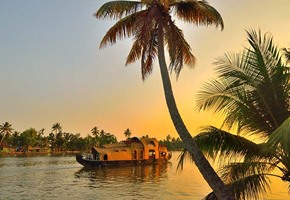
Review of the Year 2024
20/12/2024 · By Dave Riley, CEO
From all of us at Great Rail Journeys, we wish you a wonderful festive period. Take a look back at 2024 and get a glimpse at our new holidays for 2025.
Read moreAlthough less than ten miles from the Scottish mainland, the fiercely independent Orkney Islands, with their remote charm, can at times seem like a world away. With its relaxed way of life, the difference is apparent from the ferry, as soon as the mainland falls away behind. Soon Orkney's magnificent landscape comes into view - a blend of rolling green fields, shimmering lochs, pretty heather moorland and stretches of brilliant beaches. The 70 islands of Orkney seem calm and peaceful, and yet these places are filled with exciting things to do - there are standout ancient sites, atmospheric ruined castles, charming fishing ports with their grey-flagged streets, and even melancholy shipwrecks from the Second World War.
Find out more with a free brochure and enjoy weekly travel inspiration and offers in our e-newsletter.
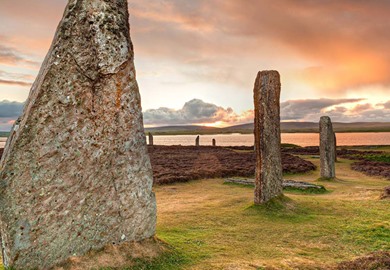
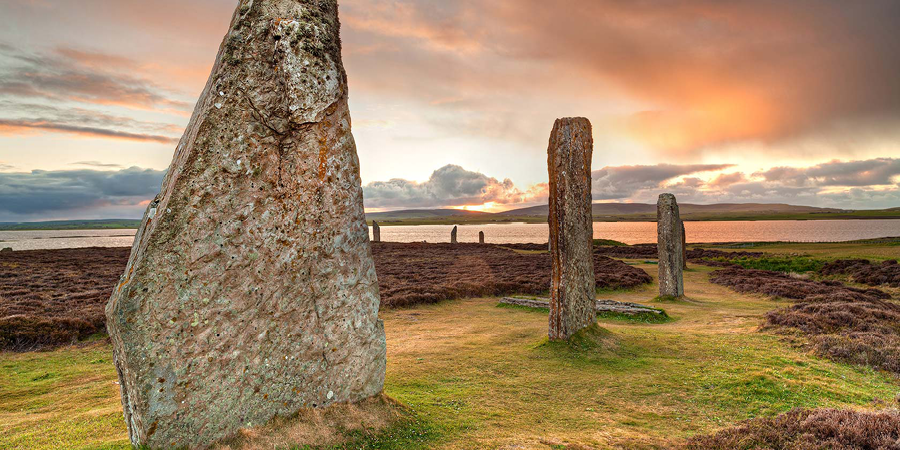
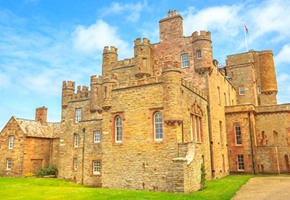
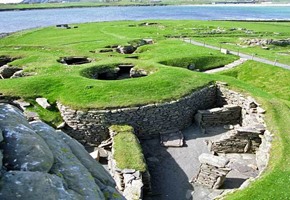
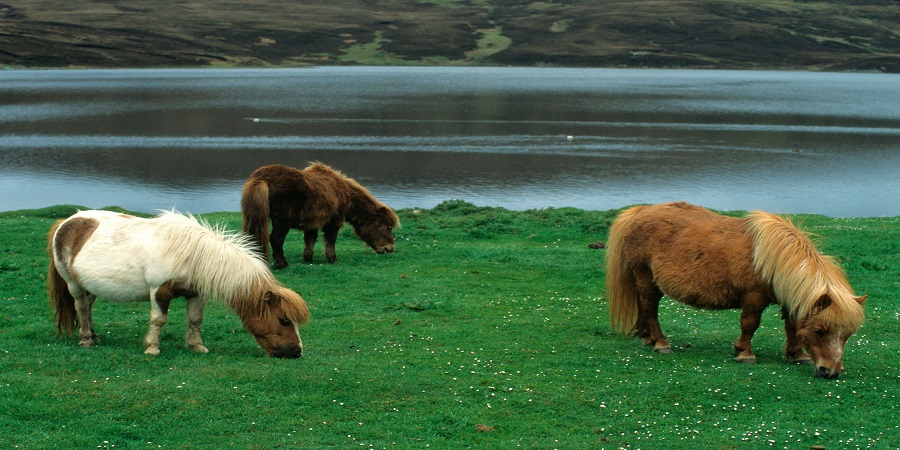
 (86 reviews)
(86 reviews)Uncover atmospheric castles, ancient archaeological sites and captivating wildlife in Orkney and Shetland. This magnificent Northern Isles holiday takes us from Edinburgh to the Granite City of Aberdeen and by ferry to Shetland and Orkney, before visiting Inverness. Encounters with Shetland ponies, seals and otters introduce us to the...
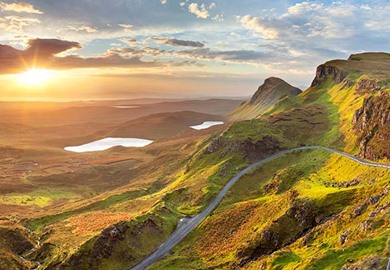
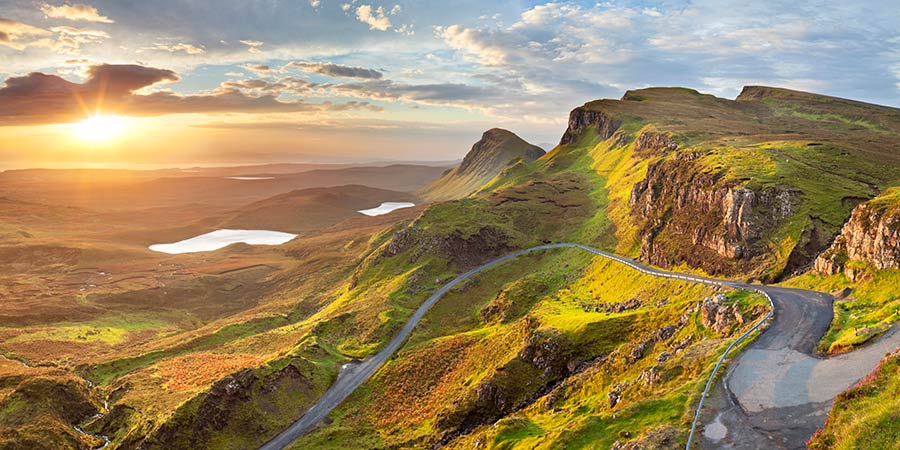
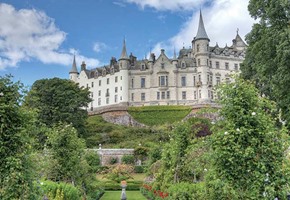
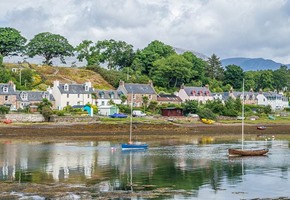
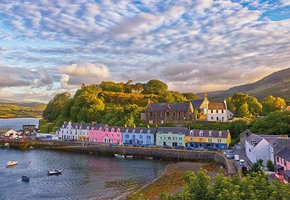
 (88 reviews)
(88 reviews)Let the rugged beauty of Scotland capture your heart on this seven-night holiday. Starting in Glasgow, journey through stunning landscapes to Scotland's mystic north. Tour the Orkney Islands and discover ancient Neolithic sites including Skara Brae and marvel at the beauty of the great houses of the northern Highlands, Dunrobin and Dunvegan...

